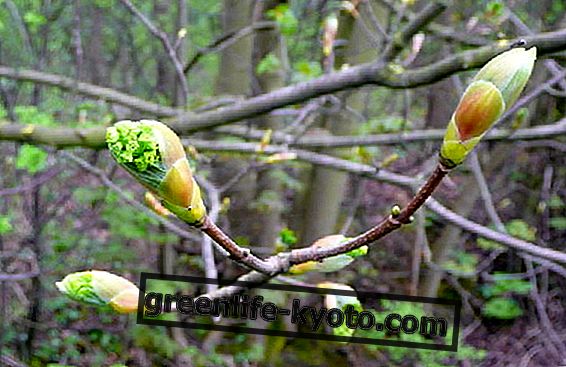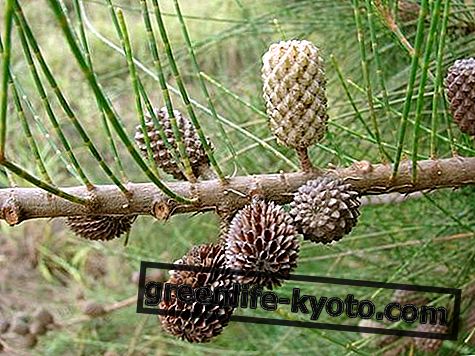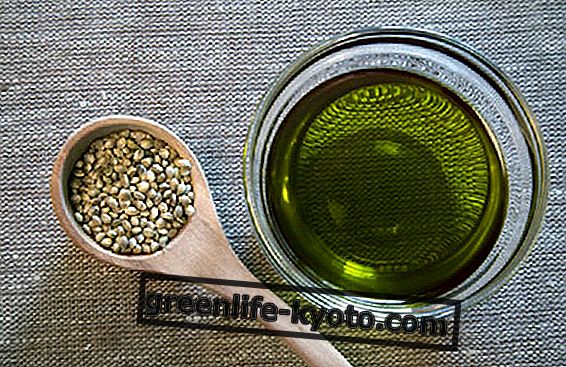
In gemmotherapy hawthorn is used for tachycardia and to rebalance the cardiovascular system. In the form of gemmoderivata it retains its botanical name Crataegus oxyacantha, to distinguish it from other extracts based on this plant; and is considered the great protector of the heart when it is prey to arrhythmias, tachycardia, palpitations and annoying feelings of altered heartbeat .
The properties of hawthorn for the heart
The classic herbal medicine has always used the leaves and flowers of hawthorn, as they contain a mixture of different flavonoids, powerful antioxidants and "scavengers" of free radicals, useful in the prevention of cardiovascular diseases and to fight cholesterol.
These active ingredients confer a strong cardioprotective activity, because they induce the dilation of the coronary arteries, which carry blood to the heart, thus improving the flow of blood with consequent reduction in blood pressure.
Furthermore, proanthocyanidols act on the one hand to enhance the contractile strength of the heart; and on the other hand on alterations in cardiac function .
These components of hawthorn reduce tachycardia, extrasystoles and arrhythmias and prevent complications in elderly patients, at risk of angina pectoris or heart attack, suffering from influenza or pneumonia.
Finally, vitexin acts as a spasmolytic and natural anxiolytic . This sedative and relaxing action is especially useful in very nervous patients, in whom it reduces emotion, anxiety, agitation, anxiety, and in case of insomnia.
Discover the properties and the recipe of the hawthorn herbal tea
Tachycardia and the heart
The good functioning of the heart can be hindered by various cardiovascular pathologies attributable to heart attacks, coronary artery disorders, angina pectoris, bronchial asthma, valve diseases and heart failure.
Arrhythmia, on the other hand, is generally a defect in the electrical conduction of the heart, but has much more complex causes and derives from different organic and systemic dysfunctions . They are alterations of the normal sequence of heart beats and are called tachyarrhythmias or tachycardias .
When the heart beats fast and fast we speak of tachycardia (from the Greek tachys " fast", rapid and kardia " heart "). This disorder consists of a form of acceleration of the heartbeat, characterized by an increase in the frequency of beats at 90 beats per minute. The increase in heart rate can be caused by various causes: physical exertion, fever, difficult digestion, when one is subjected to states of anxiety, stress, excessive fatigue, fear.
Taking medications, caffeine, alcoholic beverages can be factors that promote episodes of tachycardia. Then there are pathological tachycardias whereby the increase in heart rate is a consequence of other disorders such as anemia, thyroid dysfunction, menopause.
Try herbal teas for heart health
Hawthorn: the gemmoderivato of the heart
The use of hawthorn gemmoderivate for tachycardia and in general for all heart failure and disorders is due to the regulating action of rhythm and heartbeat speed .
It is used successfully and without any contraindications, in the case of palpitations, extrasystolic arrhythmias, angina pectoris, cardiac spasms in general and in precordial pains, as it significantly decreases the frequency of heartbeats, revealing itself useful in angina and in all disorders due to hyperexcitability of the heart. In fact, hawthorn rarely has side effects.
It also acts as a hypotensive because it is able to regulate blood pressure . In fact, this remedy performs a cardioprotective action due to the presence of flavonoids that induce dilation of the abdominal and, above all, coronary blood vessels that carry blood to the heart, with a consequent reduction in blood pressure .
Finally the hawthorn gemmoderivative has a good ability to reduce anxiety, nervousness and agitation. Promotes sleep, even if daytime use does not induce drowsiness, because it acts on the circulatory system. It has no contraindications and is free of toxicity. It is also endowed with a slight diuretic action which, in these situations, favors cardiac drainage and the elimination of edema caused by hypertension.












